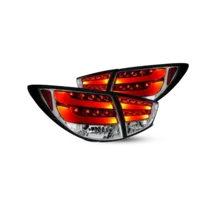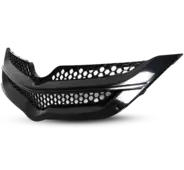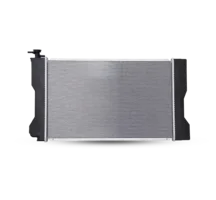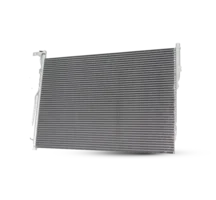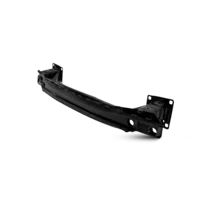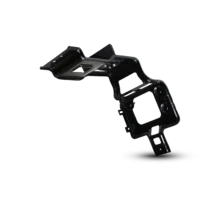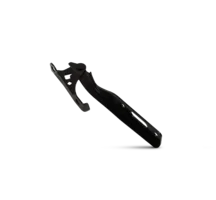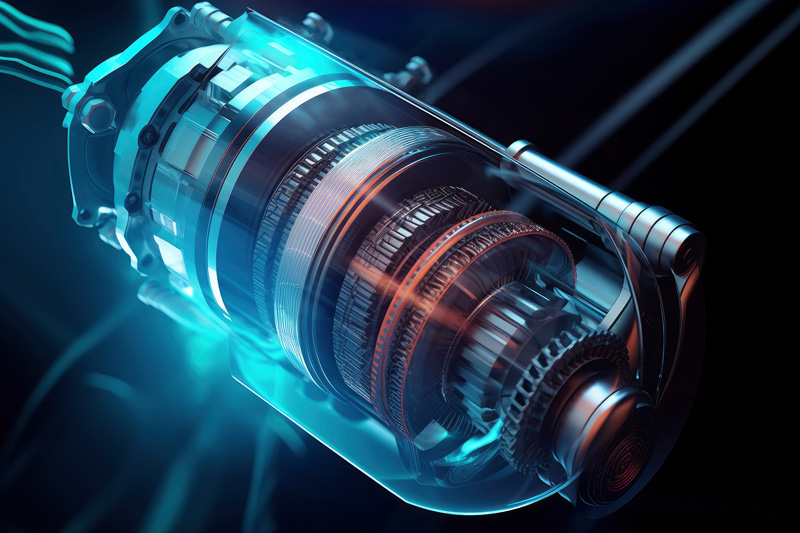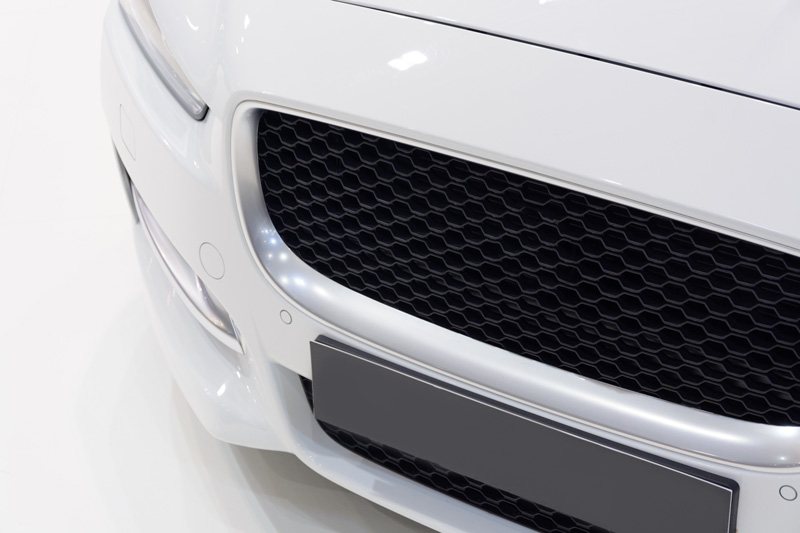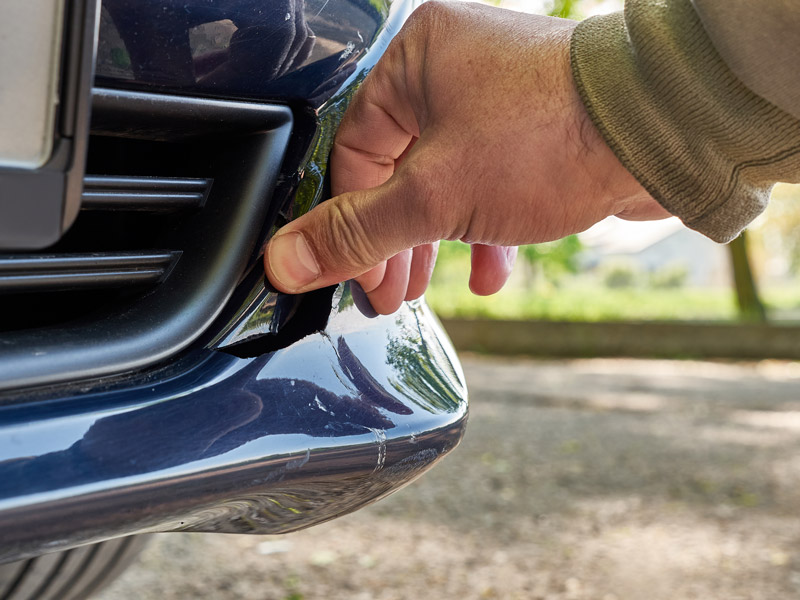The automotive industry is constantly evolving, and auto body parts are no exception. Manufacturers and innovators are pushing boundaries to create safer, more efficient, and sustainable vehicles. In this article, we'll delve into the trends and innovations that are shaping the future of auto body parts.
Lightweight Materials for Fuel Efficiency
One of the foremost trends in the automotive industry is the use of lightweight materials. As vehicles strive for improved fuel efficiency, auto body parts made from materials like carbon fiber and aluminum are becoming more common. These materials are not only lighter but also stronger, contributing to better performance and reduced emissions.
3D Printing and Customization
3D printing technology is revolutionizing the manufacturing of auto body parts. This innovative process allows for precise customization, reducing waste, and enabling on-demand production. Car enthusiasts can now personalize their vehicles with unique body parts, opening up a world of possibilities for design and aesthetics.
Smart and Connected Body Parts
The integration of sensors and connectivity features in auto body parts is enhancing safety and convenience. Smart bumpers and doors can detect obstacles and respond accordingly, reducing accidents and improving the overall driving experience.
Advanced Safety Features
Safety is a top priority in the automotive industry. Auto body parts are being designed to absorb impact energy more efficiently, reducing injury risk during accidents. Additionally, technologies like pedestrian detection systems are being integrated into body parts to enhance safety for all road users.
Sustainability in Auto Body Parts
The automotive industry is also focusing on sustainability. Recycling and eco-friendly materials are being incorporated into auto body parts to reduce the environmental impact of manufacturing and disposal.
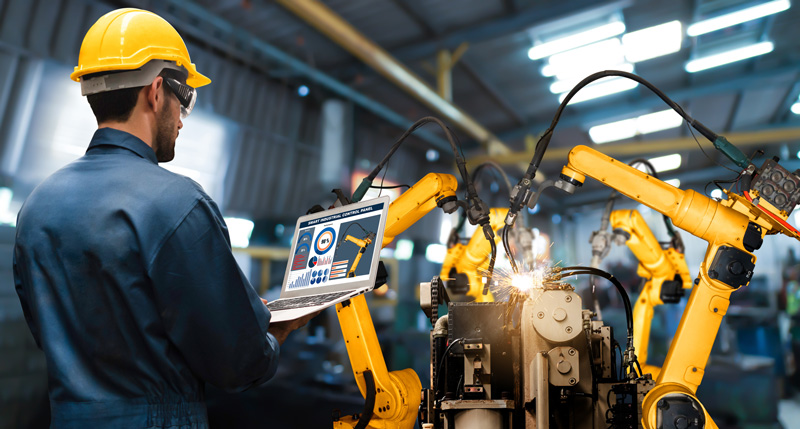
The Role of Artificial Intelligence
Artificial intelligence (AI) plays a significant role in auto body part design and manufacturing. AI algorithms can optimize shapes for better aerodynamics, improving fuel efficiency, and reducing emissions. AI-powered quality control also ensures that each part meets the highest standards.
Self-healing and Shape-shifting Materials
Imagine auto body parts that can repair themselves after minor damage or change shape to optimize aerodynamics. Researchers are working on innovative materials that have the potential to reshape the repair and maintenance of vehicles.
The Impact of Electric Vehicles
As electric vehicles (EVs) gain popularity, auto body parts are evolving to accommodate their unique needs. Lightweight materials, aerodynamics, and cooling systems are being reimagined to suit the requirements of electric powertrains.
Augmented Reality in Design and Repairs
Augmented reality (AR) is transforming the way auto body parts are designed and repaired. Designers can visualize their creations in real-time, and technicians can use AR to streamline repair processes, reducing downtime and costs.
Challenges and Concerns
While the future of auto body parts is bright, it's not without challenges. Quality control remains a concern, as does the cost of implementing advanced technologies. Moreover, regulatory changes may impact the industry's direction.
The Importance of Quality Control
Maintaining high-quality standards is crucial to ensuring the safety and performance of auto body parts. Rigorous quality control processes are essential to meet customer expectations and safety regulations.
Cost Implications
While innovative technologies promise improved performance and safety, they also come with costs. Manufacturers must balance the benefits of these innovations with their impact on the overall cost of vehicles.
Regulatory Changes
As governments worldwide focus on emissions reduction and safety, regulatory changes can significantly impact the auto industry. Compliance with new regulations may require further innovation and adaptation.
FAQs (Frequently Asked Questions)
- Are lightweight materials more expensive to produce?
- Lightweight materials like carbon fiber can be more expensive initially, but they can lead to long-term fuel savings, making them cost-effective.
- How does 3D printing impact the repair process?
- 3D printing allows for precise customization of parts, making repairs quicker and more efficient.
- What are the key safety features in smart body parts?
- Smart body parts may include collision detection, pedestrian detection, and adaptive response systems.
- Can self-healing materials completely eliminate the need for repairs?
- While self-healing materials can address minor damage, major repairs may still be necessary.
- How will regulatory changes affect auto body parts?
- Regulatory changes may drive the adoption of new technologies and materials to meet safety and emissions standards.









